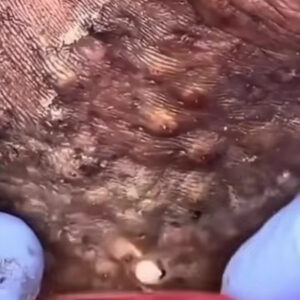Given how swiftly times change and trends come and go, it’s no wonder that as we age, we often find ourselves in a world that feels unrecognizable. And it’s not just the major shifts; even subtle changes accumulate over decades. My late grandmother used to reminisce about her youthful habits and routines, and she’d show us peculiar tools and trinkets that no one else in the family recognized.
I can only imagine that if I’m fortunate enough to live as long as she did, I’ll experience the same sense of nostalgia. But what truly piques my interest are those “what’s this?” articles circulating online. You know the ones—pictures uploaded by people seeking to identify familiar objects and uncover their original purpose.

Recently, there’s been a particularly puzzling item making the rounds. When I first saw a photo of it on the internet, I was completely stumped. But luckily, there were others who knew exactly what it was and how it functioned
At first glance, it appears to be an ordinary, V-shaped tree branch—quite unremarkable. However, its history as a valuable tool for humanity dates back to the 1500s and a practice known as ‘Water Dowsing.’ According to reports, the water dowser goes by several names, including ‘diviner,’ ‘doodlebug,’ ‘well witch,’ or ‘water-finder.’ And its primary purpose? You guessed it: locating water!”
Water dowsing, also known as divining or water witching, has intrigued people worldwide for centuries. Let’s explore this fascinating practice further!
The art of water dowsing has a rich history, and its methods have been used across cultures and continents. If you’re curious about its origins or how it works, feel free to ask
An individual grasps both branches of the stick, with palms facing upwards. The stem of the V (where the two rods meet) is then tilted toward the Earth at a 45-degree angle. The person walks back and forth, seeking vibrations at the bottom of the V to detect signs of water hidden beneath the Earth. Interestingly, dowsing with metal rods was originally used to find metals in the ground during the 1500s. Over time, people adapted the same method to locate water sources for new homeowners in rural areas.
Feel free to explore the video on Water Dowsing for more insights!





